Drug markets remain the largest criminal markets in the EU. More than one third of the criminal groups active in the EU are involved in the production, trafficking or distribution of various types of drugs. The trade in drugs generates multi-billion euro profits for the groups involved in this criminal activity. The EU retail drug market is estimated to be worth at least EUR 24 billion a year. 22 The immense profits generated from the trade in drugs fund various other criminal activities allowing OCGs to thrive and develop their criminal enterprises at the expense of the health, prosperity and security of EU citizens.
OCGs involved in drug trafficking heavily rely on corruption to facilitate their trafficking activities. They also make use of fraudulent documents such as fake import or company registration certificates to import illicit drugs among legal goods, to procure pre-precursors and purchase equipment used as part of production processes.
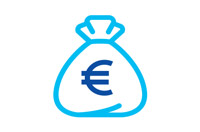
Drug market generates
~24 EUR billion/year in profits
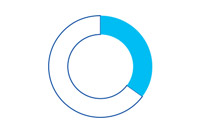
>35% of the criminal groups
active in the EU are involved in the drug market
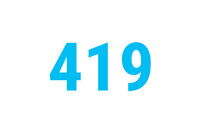
previously undetected NPS reported in the EU for the first time over the past five years
>75%
of the OCGs involved in the trafficking of one drug also traffic and distribute other types of drugs.
~65%
of OCGs involved in the drug trade are
simultaneously involved in other criminal activities such as the trade in counterfeit goods, THB and migrant smuggling. Drugs are also used as a means of payment among criminal groups.
Criminals continuously seek out methods and technologies to make their business models more effective and increase profit margins. Online marketplaces on the Darknet are now a key platform used to advertise and sell all types of drugs. The anonymous nature of online transactions on these marketplaces and the use of cryptocurrencies reduce the risks of detection by law enforcement authorities for both vendors and buyers.
Technical innovation and the accessibility of sophisticated equipment have allowed OCGs to maximise the production output of individual sites. Large-scale cannabis cultivation sites are often maintained using professional growing equipment such as climate control systems, CO2 and ozone generators. Similarly, laboratories manufacturing synthetic drugs feature advanced chemical equipment and production lines capable of producing synthetic drugs on an industrial scale.
Drone technology is expected to advance allowing drones to travel greater distances and carry heavier loads as well as making them more affordable. OCGs involved in drug trafficking will likely invest in drone technology for trafficking purposes in order to avoid checks at border crossing points, ports and airports.
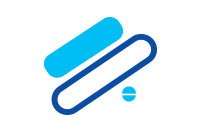
SYNTHETIC DRUGS
The market for synthetic drugs continues to be the most dynamic of the drug markets in the EU.
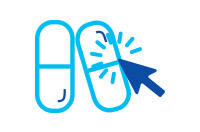
ONLINE TRADE
Online marketplaces on the Darknet are now a key platform used to advertise and sell all types of drugs.
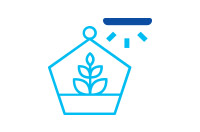
CUTTING - EDGE TECHNOLOGY
Technical innovation and sophisticated equipment allow OCGs to maximise the production output.
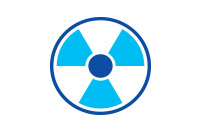
TOXIC WASTE
The production of synthetic drugs generates large quantities of highly toxic and dangerous waste. Dump sites often remain contaminated for a significant period of time and their recovery is costly.
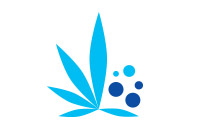
LIBYA
Libya is emerging as a new distribution hub for cannabis resin trafficked to the EU across the Mediterranean Sea.